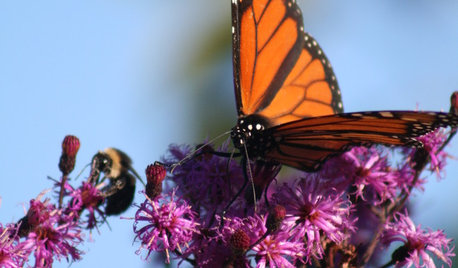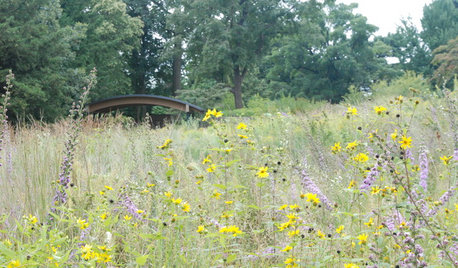help comparing Mulberry hardiness, taste, height
gengis
15 years ago
Featured Answer
Sort by:Oldest
Comments (25)
goodground
15 years agoglenn_russell
15 years agoRelated Professionals
Windham Landscape Architects & Landscape Designers · Bridgetown Landscape Architects & Landscape Designers · Wheeling Landscape Architects & Landscape Designers · Beverly Hills Landscape Contractors · Fort Payne Landscape Contractors · Goodlettsville Landscape Contractors · Hurricane Landscape Contractors · Kaneohe Landscape Contractors · Lakeville Landscape Contractors · Lakewood Landscape Contractors · Mount Sinai Landscape Contractors · Pine Hills Landscape Contractors · San Antonio Landscape Contractors · Seymour Landscape Contractors · Tuscaloosa Landscape Contractorsdenninmi
15 years agolucky_p
15 years agoglib
15 years agogengis
15 years agolucky_p
15 years agogreenwitch
15 years agokiwinut
15 years agochills71
15 years agochills71
15 years agolucky_p
15 years agochills71
15 years agobonsaist
15 years agolucky_p
15 years agogardenmama-123
15 years agogengis
15 years agospiral
15 years agorandimal
15 years agogengis
15 years agolucky_p
15 years agonjbiology
12 years agogengis
12 years agoValeria M
2 years ago
Related Stories

LANDSCAPE DESIGNGreat Design Plant: Retreat to the Shade of Hardy Catalpa
Big foliage and a towering height provide a shady respite in summer, but that's not all hardy catalpa offers dedicated gardeners
Full Story
KITCHEN DESIGNHere's Help for Your Next Appliance Shopping Trip
It may be time to think about your appliances in a new way. These guides can help you set up your kitchen for how you like to cook
Full Story
MOST POPULAR7 Ways to Design Your Kitchen to Help You Lose Weight
In his new book, Slim by Design, eating-behavior expert Brian Wansink shows us how to get our kitchens working better
Full Story
STANDARD MEASUREMENTSThe Right Dimensions for Your Porch
Depth, width, proportion and detailing all contribute to the comfort and functionality of this transitional space
Full Story
COLORPick-a-Paint Help: How to Create a Whole-House Color Palette
Don't be daunted. With these strategies, building a cohesive palette for your entire home is less difficult than it seems
Full Story
SELLING YOUR HOUSE10 Tricks to Help Your Bathroom Sell Your House
As with the kitchen, the bathroom is always a high priority for home buyers. Here’s how to showcase your bathroom so it looks its best
Full Story
GARDENING GUIDESGreat Design Plant: Ironweed Fills Tall Garden Orders
Height, a slender form and a taste for wet soil make this native perfect for rain garden borders — and beneficial insects love it
Full Story
KITCHEN DESIGNHow to Find the Right Range for Your Kitchen
Range style is mostly a matter of personal taste. This full course of possibilities can help you find the right appliance to match yours
Full Story
EDIBLE GARDENSHow to Grow 10 Favorite Fruit Trees at Home
Plant a mini orchard in fall, winter or early spring to enjoy fresh-off-the-tree fruit the following year
Full Story
GARDENING GUIDESHow to Find the Right Plants for Your Garden
Break free from choosing plants by cold-hardiness zones for a beautiful landscape that thrives year-round
Full StoryMore Discussions







Pam Wedel